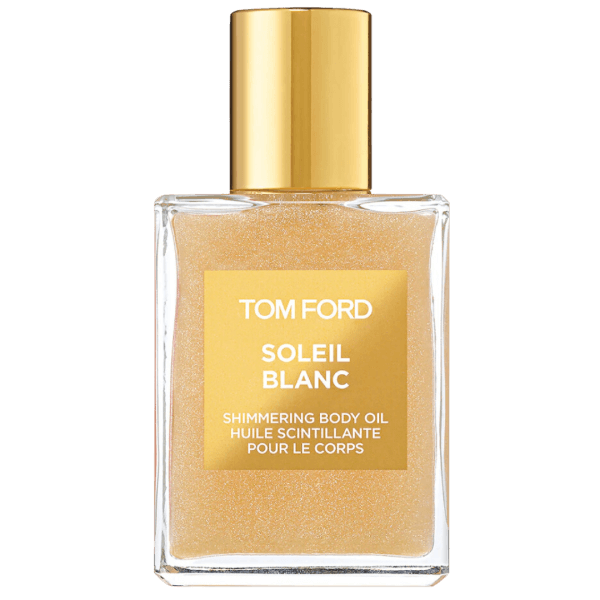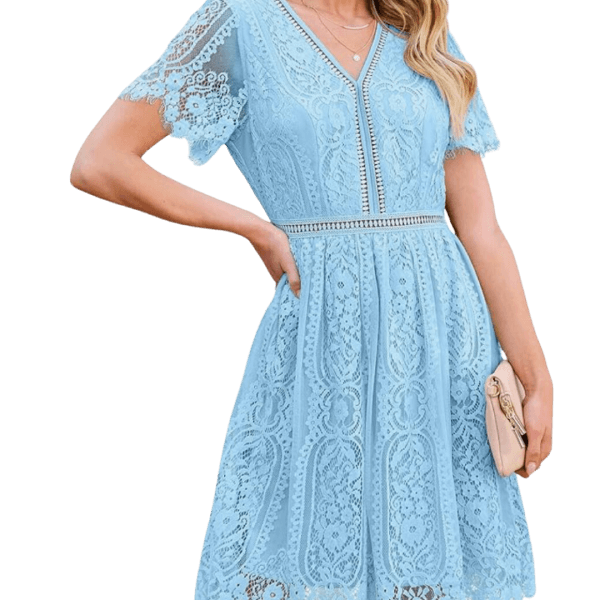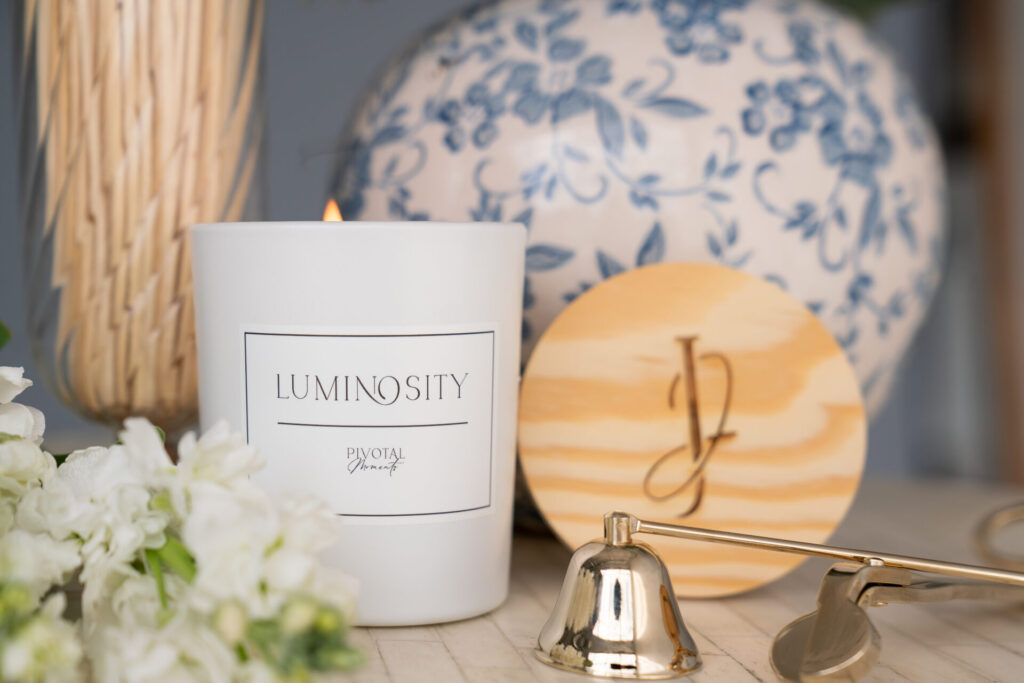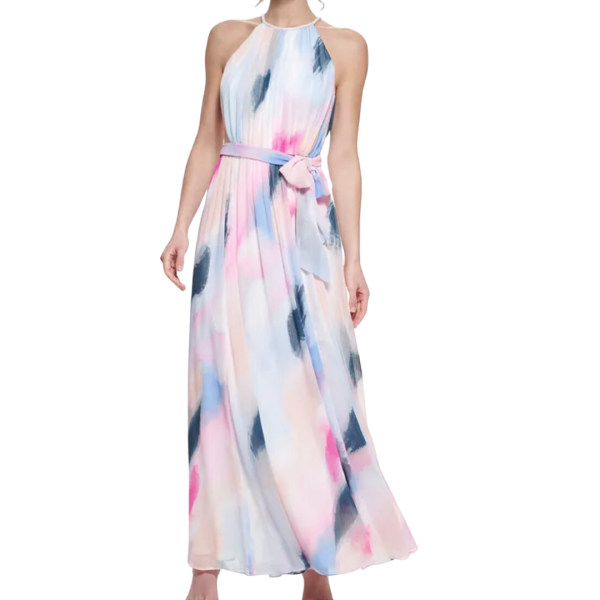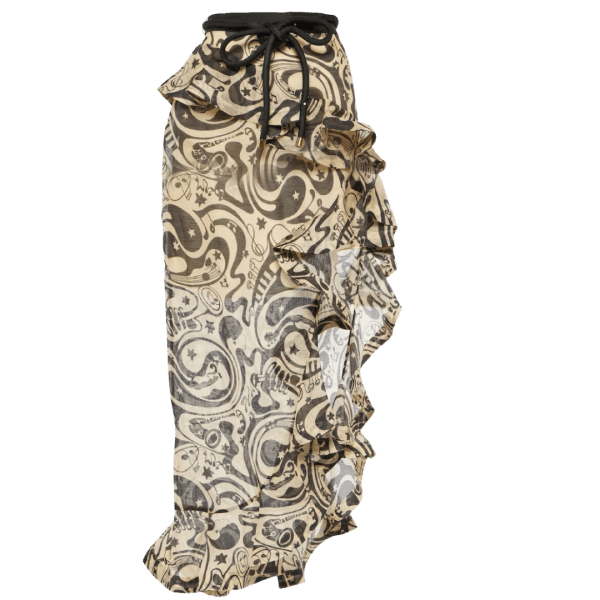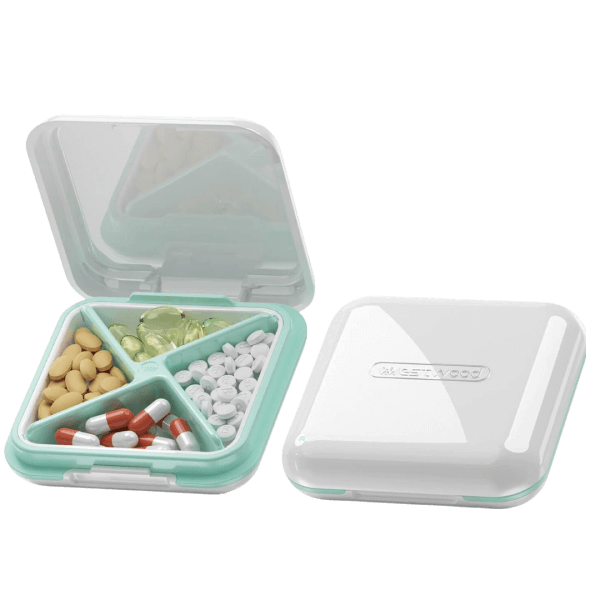There are affiliate links associated with this post, for which I will receive compensation from the retailer. Thank you for supporting JustJeannie so we can continue to create content for you to enjoy.
A staple in the Italian cuisine for centuries, Balsamic vinegar is a dark, syrupy, and versatile ingredient that adds a unique flavor and depth to various dishes. From bruschetta to pizza, balsamic vinegar is a key ingredient in many dishes. But what makes balsamic vinegar so special? What’s the difference between 15-year-aged balsamic vinegar and 25-year-aged balsamic vinegar? And how can you use it to make delicious dishes? Read on to learn more about one of Italy’s oldest culinary secrets.
The History of Balsamic Vinegar: Italy
Balsamic vinegar has a rich history dating back to ancient Rome, where it was used as a tonic and a cure for various ailments. The modern version of balsamic vinegar was created in the 11th century in the Emilia-Romagna region of Italy, where Modena is the capital. It was initially used as a condiment for meats and fish. Today, balsamic vinegar is widely used in Italian cuisine, and its popularity has spread worldwide.
Balsamic vinegar is produced in Modena, Italy, where it has been made for hundreds of years. The traditional variety is aged in wooden casks that are passed down from generation to generation. It is made from cooked grape must (a mixture of pressed red grapes, skins, seeds, and stems) that has been simmered until it reduces by half, then filtered and aged until it becomes a thick syrup with a sweet-tangy flavor. Traditional balsamic vinegars are aged for a minimum of 12 years but can be aged for up to 25 years or more! The traditional variety also carries an official seal indicating its authenticity and age.

Differences Between Aged Balsamic Vinegars
Balsamic vinegars that are aged for 15 years typically have a slightly sweet and tangy flavor profile, with a thick and syrupy consistency. These vinegars are typically aged in wooden barrels for a shorter period of time and may have hints of fruitiness and a slight acidity. 15-year-aged balsamics are usually used as condiments or dressings.
In contrast, balsamic vinegars that are aged 25 years or more have a much more complex flavor profile. They are often sweeter and less acidic than younger vinegars, with a thicker and more syrupy consistency. They may also have a more pronounced flavor of oak or other wood, as they are aged in barrels for a longer period of time. The 25-year versions are often used as dessert toppings or served over ice cream or fruit.
Another key difference between 15-year and 25-year balsamic vinegars is their price. The longer a balsamic vinegar is aged, the more expensive it typically becomes, as the aging process requires more time and care.
In summary, balsamic vinegars aged 15 years and 25 years differ in their flavor profile, consistency, and complexity. While 15-year vinegars have a slightly sweet and tangy flavor profile and a thick consistency, 25-year vinegars have a more complex flavor and a thicker, more syrupy consistency. The price of the vinegar also increases with age, reflecting the increased time and care required for longer aging periods.
Culinary Uses for Balsamic Vinegar
Balsamic vinegars can be used in a variety of ways in the kitchen. From salads to marinades, they add depth and complexity to dishes with their sweet yet tangy flavor profile. They can also be used as glazes for meats such as chicken or pork chops, or drizzled over grilled vegetables like eggplant or zucchini for an added layer of flavor. They can even be mixed with olive oil for a flavorful vinaigrette dressing!
Whether you’re looking for something sweet or something tangy, there’s sure to be an aged balsamic vinegar that suits your taste buds! With its unique flavor profile and long history in Italian cuisine, there’s no denying that balsamics can turn even the most ordinary dish into something extraordinary. So why not give them a try? You’ll be glad you did!
The Sweet And Tangy Taste of Balsamic Vinegar FAQs
What’s the difference between balsamic vinegars aged 15 yrs. vs 25 yrs?
The difference between balsamic vinegars aged 15 years and 25 years lies in their flavor profile, consistency, and complexity.
Balsamic vinegars that are aged for 15 years typically have a slightly sweet and tangy flavor profile, with a somewhat thick and syrupy consistency. These vinegars are typically aged in wooden barrels for a shorter period of time and may have hints of fruitiness and a slight acidity.
In contrast, balsamic vinegars that are aged 25 years or more have a much more complex flavor profile. They are often sweeter and less acidic than younger vinegars, with a thicker and more syrupy consistency. They may also have a more pronounced flavor of oak or other wood, as they are aged in barrels for a longer period of time.
Another key difference between 15-year and 25-year balsamic vinegars is their price. The longer a balsamic vinegar is aged, the more expensive it typically becomes, as the aging process requires more time and care.
How to pair olive oil and balsamic vinegar?

Olive oil and Balsamic Vinegar
Pairing olive oil and balsamic vinegar can be a delightful culinary experience, as these two ingredients complement each other perfectly. Here are some tips on how to pair them:
Consider the flavor profile of both olive oil and balsamic vinegar. Mild and fruity olive oil pairs well with sweet and tangy balsamic vinegar, while a stronger, more robust olive oil can handle a balsamic vinegar with a more pronounced flavor.
Try different combinations to find the perfect pairing. Experiment with different types of olive oil and balsamic vinegar, including flavored varieties such as lemon or garlic-infused olive oil and raspberry or fig balsamic vinegar.
Use a 3:1 ratio of olive oil to balsamic vinegar for a balanced flavor profile. This ratio ensures that the olive oil doesn’t overpower the vinegar, while still allowing the flavors to complement each other.
Use the pairing in a variety of dishes, such as salads, marinades, and dipping sauces. The combination of olive oil and balsamic vinegar can also be used as a finishing touch to grilled meats, vegetables, or even fruit.
When serving, use high-quality olive oil and balsamic vinegar for the best flavor. Look for extra-virgin olive oil and traditional balsamic vinegar from Modena or Reggio Emilia in Italy.
In summary, pairing olive oil and balsamic vinegar can add depth and complexity to your dishes. Experiment with different flavor profiles and ratios to find the perfect combination, and use high-quality ingredients for the best results.
What is balsamic glaze?
Balsamic glaze, also known as balsamic reduction, is a thick and syrupy sauce made by simmering balsamic vinegar until it has thickened and reduced in volume. The process of reducing the vinegar causes its natural sugars to caramelize, resulting in a sweet and tangy glaze with a concentrated flavor.
Balsamic glaze can be used in a variety of ways to add flavor to dishes. It is often used as a finishing touch on salads, meats, and vegetables, or as a dipping sauce for bread or fruits. It can also be used as a marinade or sauce for grilled meats or roasted vegetables.
Balsamic glaze is a versatile ingredient that can be made at home or purchased pre-made in stores. The homemade glaze is made by simmering balsamic vinegar over low heat until it has reduced and thickened to the desired consistency. The pre-made glaze is often thicker and sweeter than homemade, as it may contain added sweeteners or thickeners.
In summary, the balsamic glaze is a sweet and tangy sauce made by simmering balsamic vinegar until it has thickened and reduced in volume. It can be used in a variety of ways to add flavor to dishes and can be made at home or purchased pre-made in stores.
What are the ingredients in Balsamic Dressing?
Balsamic dressing typically contains a combination of oil, vinegar, herbs, and seasonings. The specific ingredients may vary depending on the recipe, but some common components of balsamic dressing include:
Balsamic Vinegar: The main ingredient in balsamic dressing is balsamic vinegar, which is a sweet and tangy vinegar made from grapes that are aged in wooden barrels.
Oil: The oil used in balsamic dressing can vary, but it is typically a neutral-flavored oil such as olive oil, canola oil, or vegetable oil.
Garlic: Garlic is a common seasoning in balsamic dressing, adding a pungent flavor to the dressing.
Dijon Mustard: Dijon mustard is often added to balsamic dressing to help emulsify the oil and vinegar, creating a creamy texture.
Honey: Honey is sometimes added to balsamic dressing to balance out the acidity of the vinegar and add a touch of sweetness.
Salt and Pepper: Salt and pepper are commonly used to season balsamic dressing, adding flavor and enhancing the other ingredients.
Herbs: Fresh herbs such as basil, thyme, or oregano may be added to balsamic dressing for additional flavor and aroma.
In summary, the ingredients in balsamic dressing typically include balsamic vinegar, oil, garlic, Dijon mustard, honey, salt, pepper, and herbs. The specific ingredients and proportions may vary depending on the recipe.
How to make homemade balsamic vinegar dressing?
Here’s a simple recipe for homemade balsamic vinegar dressing:
Ingredients:
1/4 cup balsamic vinegar
3/4 cup extra-virgin olive oil
1 clove garlic, minced
1 teaspoon Dijon mustard
1 teaspoon honey
Salt and pepper to taste
Instructions:
In a small bowl, whisk together the balsamic vinegar, minced garlic, Dijon mustard, and honey until well combined.
While whisking, slowly pour in the olive oil in a steady stream until the dressing is fully emulsified and well blended.
Season with salt and pepper to taste, adjusting the quantities as needed.
Store the dressing in an airtight container in the refrigerator until ready to use. Give the dressing a good shake or whisk before using, as the ingredients may separate over time.
Variations:
For a creamier dressing, you can add a tablespoon of Greek yogurt or mayonnaise.
For a fruity flavor, add a teaspoon of raspberry jam or fig preserves.
Experiment with different herbs, such as basil, thyme, or oregano, to add extra flavor to your dressing.
In summary, making homemade balsamic vinegar dressing is quick and easy, and allows you to customize the flavors to your liking. Simply whisk together balsamic vinegar, olive oil, garlic, Dijon mustard, honey, salt, and pepper, and store in an airtight container in the refrigerator until ready to use.
Is there a substitute for balsamic vinegar?
If you don’t have balsamic vinegar on hand or would like to avoid using it, there are a few substitutes that you can try depending on the recipe you’re making. Here are some options:
Red Wine Vinegar: This vinegar has a similar acidity to balsamic vinegar, making it a good substitute in salad dressings and marinades.
Apple Cider Vinegar: Apple cider vinegar is another vinegar that can be used as a substitute for balsamic vinegar in salad dressings or marinades. However, it has a slightly sweeter and fruitier flavor than balsamic vinegar.
Sherry Vinegar: This vinegar has a similar flavor profile to balsamic vinegar, with a slightly sweeter and milder taste. It can be used in salad dressings or marinades.
Lemon Juice: For recipes that require balsamic vinegar for acidity, lemon juice can be used as a substitute. Keep in mind that it will not provide the same sweetness as balsamic vinegar, so you may need to add a bit of honey or another sweetener to balance the flavors.
Soy Sauce: In Asian cuisine, soy sauce can be used as a substitute for balsamic vinegar. It has a similar depth of flavor and umami taste, but it is much saltier than balsamic vinegar, so use it sparingly and adjust the salt levels accordingly.
Keep in mind that the flavor and acidity levels of each of these substitutes can vary, so it’s important to taste and adjust the recipe as needed to achieve the desired results.
What Is white balsamic vinegar and how to use it?
White balsamic vinegar is a variation of traditional balsamic vinegar that is made with white grapes must instead of red grapes. It is aged for a shorter period of time and is not caramelized, resulting in a lighter color and a milder, slightly sweeter flavor compared to traditional balsamic vinegar.
White balsamic vinegar is versatile and can be used in many of the same ways as traditional balsamic vinegar. Here are a few ideas:
Salad Dressing: White balsamic vinegar is great for making light and refreshing salad dressings. Simply mix it with olive oil, a touch of honey or Dijon mustard, and your favorite herbs or spices.
Marinades: White balsamic vinegar can be used as a base for marinades for meats, fish, or vegetables. Combine it with olive oil, garlic, herbs, and seasonings for a flavorful marinade.
Sauces: White balsamic vinegar can be used to make light sauces for fish or chicken dishes. Reduce it in a pan with some chicken or vegetable broth, garlic, and a touch of butter for a flavorful sauce.
Fruit Dishes: White balsamic vinegar pairs well with fruits like strawberries, peaches, and pears. Drizzle it over fresh fruit or use it in fruit salads for a touch of sweetness and acidity.
Cocktails: White balsamic vinegar can be used in cocktails to add a unique twist to classic drinks like the mojito or the martini. Try mixing it with fresh herbs, fruit, and sparkling water for a refreshing mocktail or cocktail.
What’s the difference between regular vinegar and Balsamic Vinegar?
The main differences between regular vinegar and balsamic vinegar are in their flavor, color, and production methods.
Flavor: Regular vinegar has a sharp, acidic taste that can vary depending on the type of vinegar, such as white vinegar, apple cider vinegar, or red wine vinegar. Balsamic vinegar has a more complex flavor profile that is both sweet and tart, with hints of fruitiness and a slightly caramelized taste from the aging process.
Color: Regular vinegar is typically clear or pale in color, while balsamic vinegar is darker in color, ranging from deep brown to reddish-brown.
Production methods: Regular vinegar is made from a variety of sources such as grains, fruits, or wine that are fermented into vinegar. Balsamic vinegar, on the other hand, is made from grape must (freshly crushed grapes, including the skins, seeds, and stems) that are cooked and then aged in wooden barrels for several years. The aging process imparts the unique flavor and color profile of balsamic vinegar.
Overall, balsamic vinegar is known for its complex and unique flavor profile that sets it apart from regular vinegar. It is often used as a finishing ingredient in recipes, whereas regular vinegar is used more for its acidity and in cooking or pickling.






